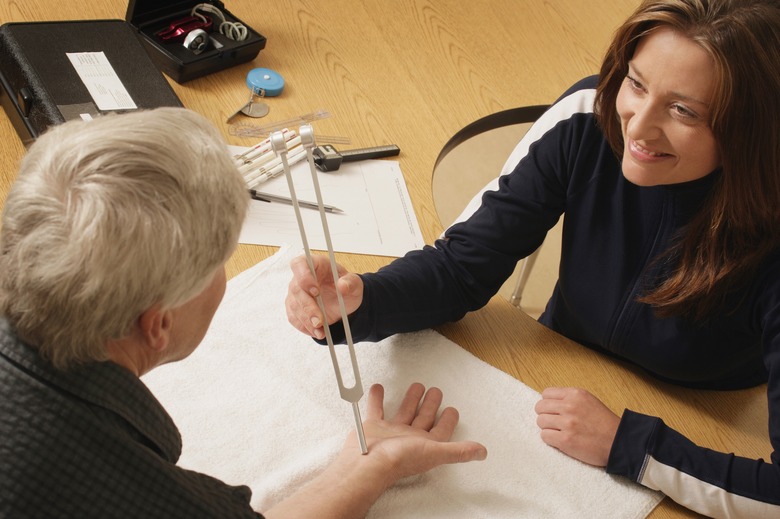Difference Between Correlation And Causality
Correlation suggests an association between two variables. Causality shows that one variable directly effects a change in the other. Although correlation may imply causality, that's different than a cause-and-effect relationship. For example, if a study reveals a positive correlation between happiness and being childless, it doesn't mean that children cause unhappiness. In fact, correlations may be entirely coincidental, such as Napoleon's short stature and his rise to power. By contrast, if an experiment shows that a predicted outcome unfailingly results from manipulation of a particular variable, researchers are more confident of causality, which also denotes correlation.
Examples of Correlation
Examples of Correlation
Statistical tests measure the probability of whether correlation is due to chance or non-random association. Knowing that a statistically significant relationship exists between variables is useful in many ways. For example, marketing researchers look at correlations between advertising efforts and sales. Farmers judge the correlation between pesticide use and crop yield. Social scientists study correlations between poverty and crime rates to identify intervention strategies. Correlations can also be negative in direction, such as an increase in grocery prices when food supply drops during a drought.
Examples of Causality
Examples of Causality
If wind topples a tree, that's cause and effect. Other causal relationships are more complex. For example, when scientists see promising results from administering a new drug in human trials, they must be certain the drug is causing the change, not other factors, such as a modification of participants' diet or lifestyle. Evidence must be compelling to declare causality. Insufficient evidence can lead to false claims of cures and erroneous beliefs about causes. During the Middle Ages, a witch hunt ensued because villagers attributed famine and suffering to the presence of sorcery.
Cite This Article
MLA
Dowd, Mary. "Difference Between Correlation And Causality" sciencing.com, https://www.sciencing.com/difference-between-correlation-causality-8308909/. 24 April 2017.
APA
Dowd, Mary. (2017, April 24). Difference Between Correlation And Causality. sciencing.com. Retrieved from https://www.sciencing.com/difference-between-correlation-causality-8308909/
Chicago
Dowd, Mary. Difference Between Correlation And Causality last modified March 24, 2022. https://www.sciencing.com/difference-between-correlation-causality-8308909/
